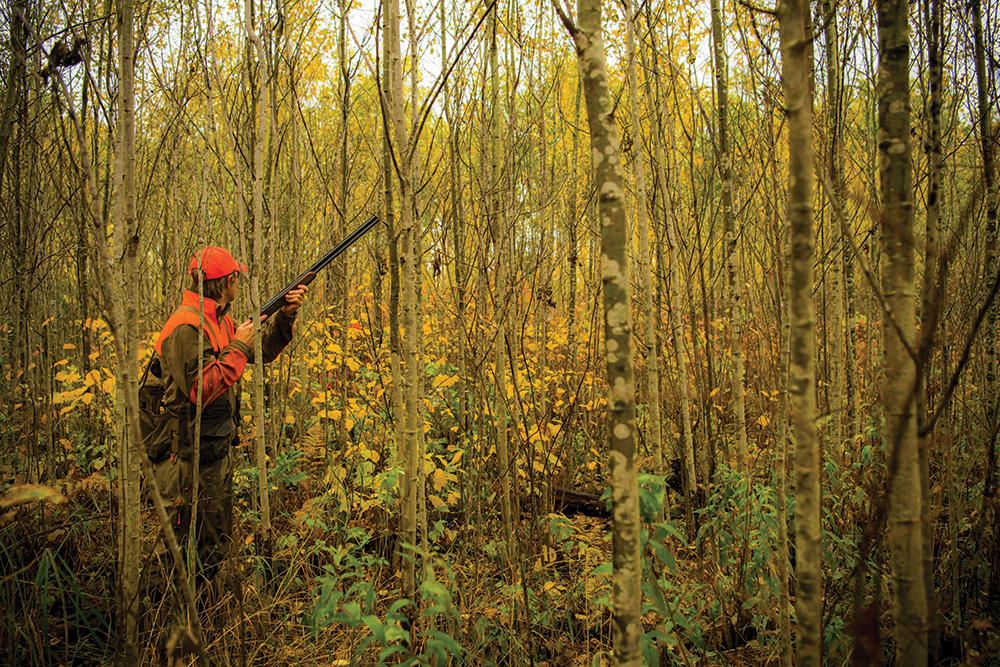Wildlife Conservation is Good for the Economy

Anyone who knows me personally or reads me professionally knows that I am nuts over wild turkeys. I hunt them all over the country every spring and, in fact, I have started to do so again in the fall.
Traditionally, I hunt hard every fall in West Virginia for one week. It’s a challenge that I know will most likely not succeed but again, I am nuts for turkeys and their language. In fact, I found myself in a neighboring state recently chasing a fall flock of turkeys during the rut for white-tailed deer. My friend and avid bowhunter for trophy bucks asked if I was crazy and, truth be told, I saw several mature bucks chasing does and never got my turkey tag punched. But still, the vocalization of an entire flock at dawn was well worth the cold temperatures and price it took to witness them first-hand.
The wild turkey and its conservation is a story I know well, but, honestly, I never get tired of reading. While scouring the news this past week, I read a release from Southwick Associates, a market research and economics firm specializing in the hunting, shooting, sportfishing and outdoor recreation market, that has helped the private sector and natural resource agencies make better decisions for decades, about two of my favorite subjects – the wild turkey and how hunters have played a critical role in their successful conservation.
In partnership with the Wildlife and Sport Fish Restoration Program of the U.S. Fish and Wildlife Service, Southwick recently released an economic report showing that the successful restoration of wild turkey populations in New York state has generated $4.6 billion of economic activity since 1985.
Wild turkeys are native to New York, but by the 1840s they had disappeared from the state as well as much of their original range nationwide. In the 1950s, the New York Department of Environmental Conservation (NYDEC) began an extensive recovery program funded by grants from the U.S. Fish and Wildlife Service’s Wildlife and Sport Fish Restoration Program. This program uses excise taxes from firearms, ammunition and archery equipment to fund conservation work by state fish and wildlife agencies across the country.
Using data from a half-century of federal grant funding (1952-1985), Southwick Associates analyzed the impact of NYDEC’s turkey conservation efforts on the state’s economy. A total of $11.5 million (in 2020 dollars) spent on turkey and upland game bird population recovery has restored turkey populations statewide.
The restored New York turkey population now has ecological, aesthetic and wildlife viewing values. It is scientifically managed, sustainable and supports regulated hunting opportunities for the public. Since New York successfully concluded its translocation efforts that restored turkey populations across the state in 1985, turkey hunters have spent an average of $76.9 million per year. After accounting for the additional rounds of spending as hunters’ dollars ripple through the economy, turkey hunting has generated an average of $128.7 million per year since 1985, and a total of $4.6 billion in economic activity over the whole period.
“This effort to restore a native bird with funding from this partnership has demonstrated a huge present-day economic contribution,” noted Rob Southwick. “Many Americans don’t ever see wild turkeys, but they still have a significant impact on state economies, even in urban areas. And it isn’t just turkeys— these federal funds have helped restore deer, elk, and waterfowl that also have tremendous economic impacts.”
According to Mike Schiavone, game management section head in the NYSDEC division of wildlife, “Funding through the Pittman-Robertson Wildlife Restoration program clearly changed the face of wildlife conservation. Wild turkey restoration in our state is solely connected to the dedicated funding that was made available to restore and manage this popular game bird.”
A one-page fact sheet showing how excise taxes paid by firearms, archery and ammunition manufacturers helped restore wild turkey populations across the country, using New York state as an example can be viewed at partnerwithapayer.org/resources/
If you have someone on your holiday shopping list who is interested in wildlife conservation, perhaps they might be interested in our DNR’s Wildlife Calendar — featuring gorgeous paintings of native wildlife, important hunting and fishing dates, peak wildlife activity times and engaging articles. The 2022 West Virginia Wildlife Calendar is your guide to enjoying the Mountain State’s abundant natural resources. calendar purchase helps fund the WVDNR’s Wildlife Diversity Program, which protects threatened and endangered species and their habitats. For more information or to purchase a calendar, please visit wvdnr.gov/programs-publications/wildlife-calendar
SHARE ON
You may also like
The role corn plays for gamebirds and economies ac...
Sportsmen’s conservation policy issues from publ...
Sportsmen’s conservation policy issues from publ...


























